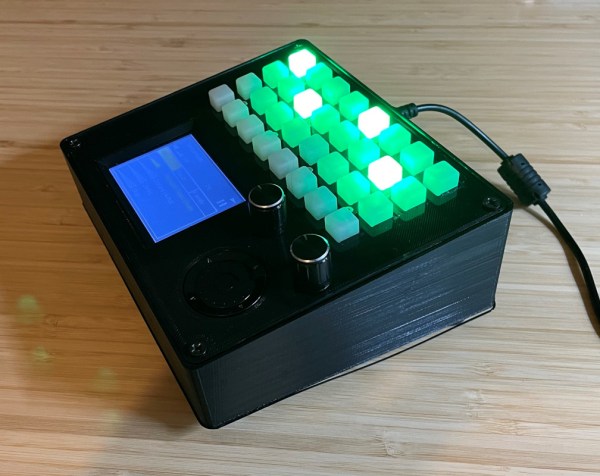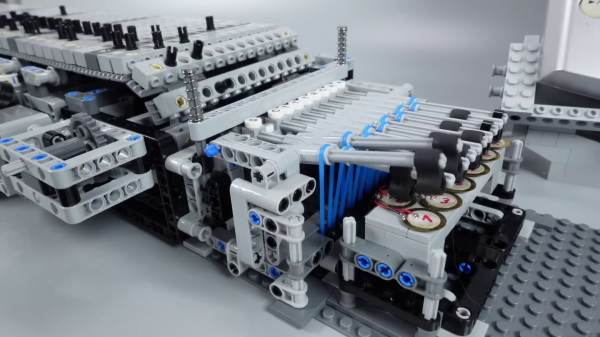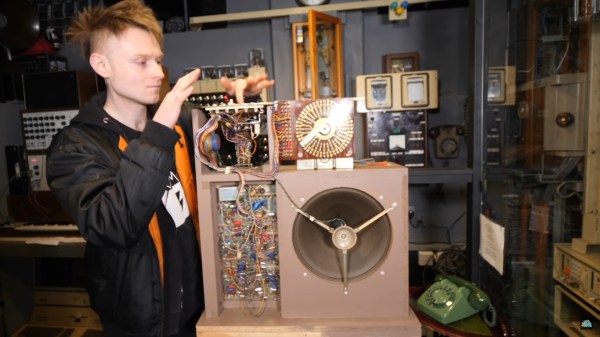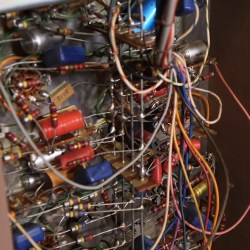Our hacker [Moritz Klein] shows us how to make a minimalist analog drum machine. If you want the gory details check out the video embedded below and there is a first class write-up available as a 78 page PDF manual too. Indeed it has been a while since we have seen a project which was this well documented.
A typical drum machine will have many buttons and LEDs and is usually implemented with a microcontroller. In this project [Moritz] eschews that complexity and comes up with an analog solution using a few integrated circuits, LEDs, and buttons.
The heart of the build are the integrated circuits which include two TL074 quad op amps, a TL072 dual op amp, a CD4520 binary counter, and eight CD4015 shift registers. Fifteen switches and buttons are used along with seven LEDs. And speaking of LEDs, our hacker [Moritz] seems to have an LED schematic symbol tattooed to his hand, and we don’t know about you, but this screams credibility to us! :)
Continue reading “The Making Of A Minimalist Analog Drum Machine”

















